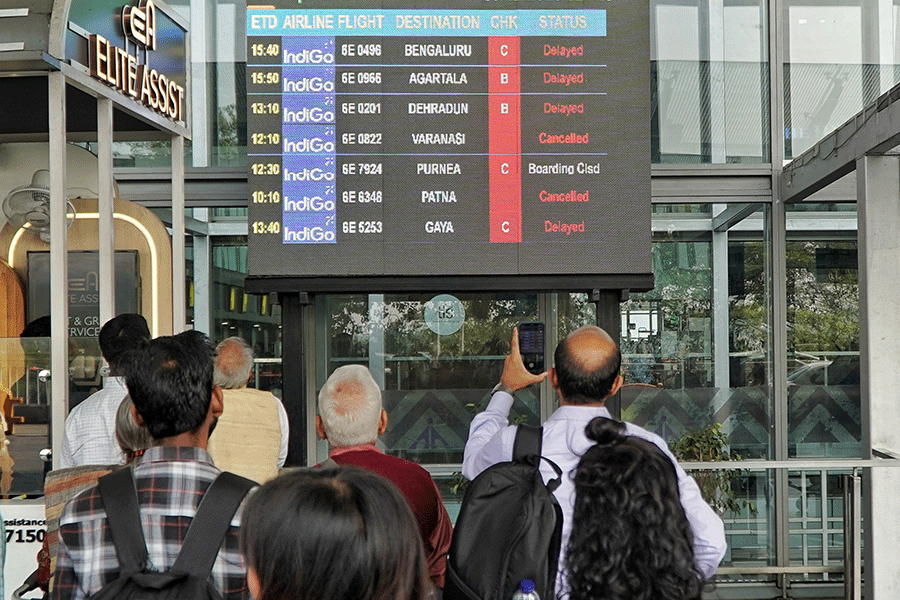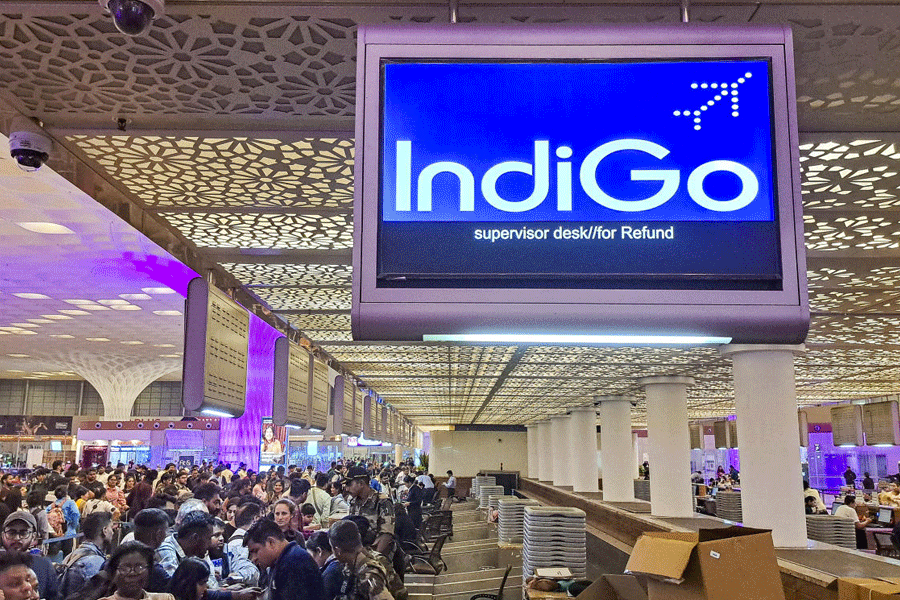To remain close to our dead, we treasure images of them. Photographs confront us with a fact: She is dead, he is gone; they will never breathe again. What if a freeze frame of a hug from childhood, the clinking of glasses from an anniversary dinner, or the dance from the fiftieth school reunion could be relived? An entire industry — called grief tech — is growing around death, and at the heart of it is artificial intelligence.
On June 22, Reddit cofounder Alexis Ohanian posted a picture of a younger version of himself with his late mother, sharing a hug that most of us have experienced at some point in our childhood. He used a tool from AI image-generation company Midjourney to turn that into a short video clip. In the video, she laughs, he smiles, and hopes the moment never comes to an end.
“Damn, I wasn’t ready for how this would feel,” he wrote on X/Twitter. Ohanian, the husband of Serena Williams, couldn’t afford a camcorder when he was a kid, so there are no videos of him with his mother. “This is how she hugged me. I’ve rewatched it 50 times.”
Not that he hasn’t grieved enough over the decades, and he knows that AI videos are not a “replacement for a loved one nor should it be”, but it allowed him to see what his ‘mind’s eye’ had been reliving for decades.
Ethical concerns
Companies like StoryFile and You, Only Virtual are attempting to keep memories alive. This area of AI is an ethical minefield. There is little evidence that parents and loved ones help the living by turning into deadbots. It could be a barrier to the normal mourning process. Calls for regulation around the fledgling industry have been in the air for the last few years, but it’s difficult to stop the march of AI.
The 2024 documentary Eternal You — directed by Hans Block and Moritz Riesewieck — is concerned with this particular use of AI. Large language models trained on speech patterns of the dead can be tools of comfort, but it is also about blurring the border between life and death. One of the film’s subjects calls it “death capitalism”.
The most interesting part of the documentary is the way it deals with the question of whether it’s ethical for tech companies to sell that “ability” to talk to the dead. MIT sociologist Sherry Turkle says in the film, AI is a “brilliant device that knows how to trick you into thinking there’s a there-there”.
One of the saddest stories of our times has been that of a mother in Korea grieving her seven-year-old daughter. The mother appeared on a TV show to meet the virtual simulation of the kid. Turkle asks an important question: What are we doing to ourselves once we accept such unrealistic comfort?
A recent study — ‘Synthetic Human Memories: AI-edited images and videos can implant false memories and distort recollection’ — demonstrates a significant impact of AI-edited media on human memory distortion: “Dynamic AI media significantly amplifies memory distortion. Perhaps most concerning, participants reported high levels of confidence in their false memories, particularly in the AI-generated video conditions.”
At the same time, researchers also found that such technology can help reframe traumatic memories. Then there is the flip side to the argument. In courtrooms, witness testimony plays an important role. When witnesses are exposed to manipulated content, they may, at some point in time, unknowingly incorporate false details into their testimonies, that is, rely on false memories.
Low access barrier
Earlier this month, British rock star Rod Stewart unknowingly entered AI territory after the death of his friend Ozzy Osbourne. The Maggie May singer has lately been dedicating his 1988 hit Forever Young to Osbourne during his concerts. An added background visual took him into controversial territory.
The footage — generated using AI — was shown during his Ameris Bank Amphitheatre, Georgia, concert. It showed Osbourne posing for photos with a range of music legends, who are already dead — Prince, Tina Turner, Bob Marley, Tupac Shakur, Aaliyah, Michael Jackson, Freddie Mercury, George Michael, and Amy Winehouse, to name a few. Many in the audience thought it was disrespectful.
How unethical was Stewart compared to those who use, say, a tool like Project December — created by video-game designer Jason Rohrer — to converse with an AI simulator? Access comes at an affordable $10 for an initial conversation of 100 back-and-forth exchanges and will last an hour or more.
Another tool in the grief tech sector is You, Only Virtual which allows people to create a posthumous “Versona” or what the company describes as “the essence of your relationship, brought to life”. Founder Justin Harrison created a “versona” of his mother, Melodi, before she died in 2022. “We believe Versonas can profoundly improve the lives of those who have lost loved ones, helping them feel connected and understood even in their absence,” says the company.
In China, mourners are turning to AI in large numbers for as little as 20 yuan. According to an estimate, the market size for “digital humans” was worth 12 billion yuan in 2022, and is expected to increase four times by 2025.
In 2024, the Chinese AI company SenseTime showcased a speech at the company’s annual general meeting from the firm’s founder, Tang Xiao’ou. “Hello everyone, we meet again,” Tang told employees. “Last year was tough for everyone, but I believe difficult things will eventually pass.” Tang had died on December 15, 2023, and his speech was given by a digital clone trained by SenseTime’s engineers using a large language model machine learning programme trained on video and audio snippets of Tang.
Taiwanese singer Bao Xiaobai has used AI to “resurrect” his 22-year-old daughter, who died in 2022. According to a report, the singer spent a year experimenting with AI before creating a video of his daughter singing “happy birthday” to her mother.
Jim Acosta, former chief White House correspondent for CNN, stepped into controversial territory earlier this month when his “guest” on his Substack channel was an avatar of Joaquin Oliver, one of the 17 people killed in the Marjory Stoneman Douglas high school mass shooting in Parkland, Florida, in 2018. The idea was to talk about gun violence, and many said he could have interviewed living survivors of school shootings.
As we reach a point where we forget which is which, one question that has been bothering tech writers for decades now is being answered: What do we do with the zillion digital photographs that we take each year but never have the time to go through?
Grief tech is trying to make us find meaning in clips that were once forgotten on our smartphones, but even in grief, a price has to be paid. Has the time come to extend the idea of Do Not Resuscitate (DNR) to Digital Do Not Reanimate (DDNR)?











